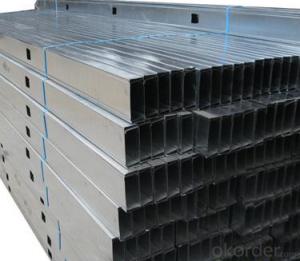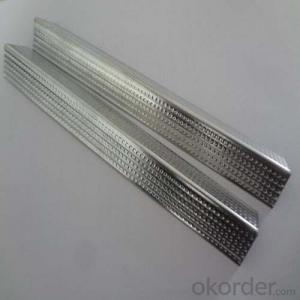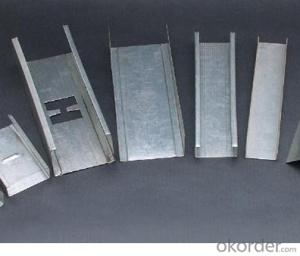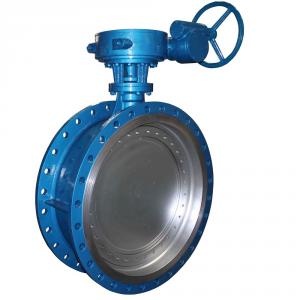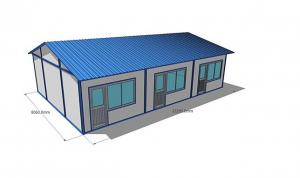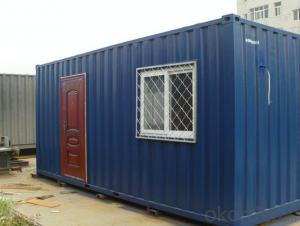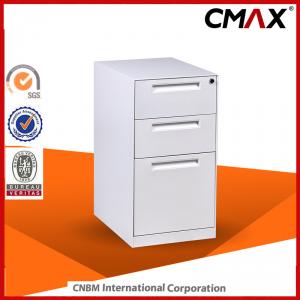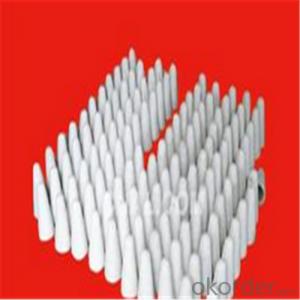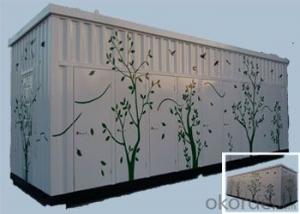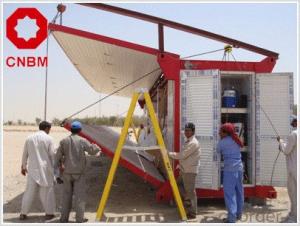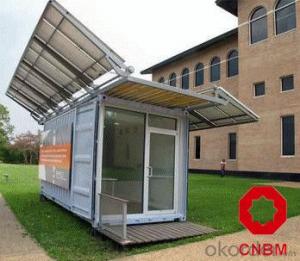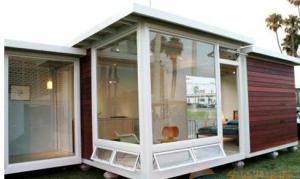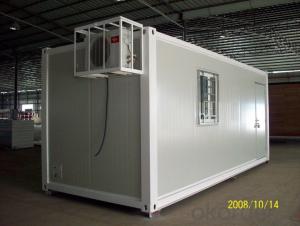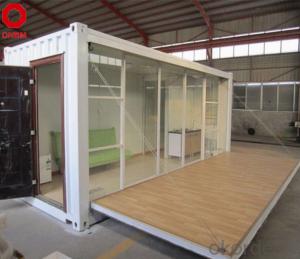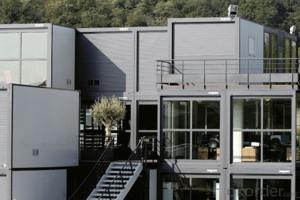Steel Metal Homes
Steel Metal Homes Related Searches
Paint For Galvanized Steel Steel Frames For Furniture Wd 40 For Stainless Steel Hole Saw For Stainless Steel Step Bit For Stainless Steel Stainless Steel Box With Lid Cut Off Wheels For Metal Grinding Tools For Metal Metal Frames For Beds 3/8 In Stainless Steel TubingHot Searches
Steel Mesh Panels For Sale Price For Stainless Steel Scrap Scrap Price For Stainless Steel Stainless Steel Tank For Sale Stainless Steel Tanks For Sale Used Metal Folding Chairs For Sale Large Metal Containers For Sale Metal Shop Cabinets For Sale Metal Shipping Crates For Sale Price Of Scrap Stainless Steel Price Of Stainless Steel Scrap Galvanized Steel Scrap Price Type Of Stainless Steel Stainless Steel Price Per Kg Stainless Steel Price Per Pound Types Of Stainless Steel Grades Stainless Steel Pipe Near Me Stainless Steel Factory Stainless Steel Type Type Stainless SteelSteel Metal Homes Supplier & Manufacturer from China
Okorder.com is a professional Steel Metal Homes supplier & manufacturer, offers integrated one-stop services including real-time quoting and online cargo tracking. We are funded by CNBM Group, a Fortune 500 enterprise and the largest Steel Metal Homes firm in China.Hot Products
FAQ
- Certainly, traditional interiors are possible for container houses. Although container houses are often associated with a modern and minimalist look, they can be designed and furnished in a way that reflects more traditional styles. The key lies in the interior design and the selection of materials, colors, and furnishings. For instance, one can incorporate traditional furniture pieces like wooden tables, classic upholstered chairs, and antique cabinets to create a traditional ambiance. Additionally, traditional decorative elements such as ornate moldings, patterned wallpapers, and chandeliers can be integrated into the interior design. By combining these elements effectively, container houses can be transformed into warm and charming spaces that exude a traditional style.
- Container houses can certainly be suitable for individuals with disabilities, as they offer several advantages that can accommodate their specific needs. Firstly, container houses can be designed and modified to be fully accessible, with features such as wide doorways, ramps, and accessible bathrooms that comply with disability standards. Additionally, container houses can be built on a single level, eliminating the need for stairs or elevators, making it easier for individuals with mobility impairments to navigate their living space. Furthermore, container houses can be customized to include various assistive technologies and equipment. For example, smart home technologies can be integrated into the design, allowing individuals with disabilities to control different aspects of their home environment, such as lighting, temperature, and security, through voice commands or mobile applications. These features enhance independence and convenience for individuals with disabilities, enabling them to live comfortably and safely. Container houses also offer flexibility in terms of location, making it possible to create a fully accessible living space in areas with limited housing options. They can be easily transported and installed in different locations, providing individuals with disabilities the opportunity to live in a community of their choice, closer to amenities and support networks. However, it is important to note that designing container houses for individuals with disabilities requires careful consideration and expertise. Architects, builders, and designers need to have a deep understanding of universal design principles and disability accessibility guidelines to ensure that the container house meets the specific needs of the individual. Collaboration with occupational therapists and other disability professionals is also recommended to create a truly suitable living space. In conclusion, container houses can be a suitable housing option for individuals with disabilities. With the right modifications and design considerations, container houses can offer accessibility, independence, and flexibility, enabling individuals with disabilities to live comfortably and fully participate in their communities.
- Yes, container houses can be built with a rooftop solar panel system. The flat and spacious rooftop of a container house makes it an ideal location for installing solar panels, allowing the house to generate clean and renewable energy.
- Yes, container houses can be built with a separate guest house or studio. The versatility and modularity of container houses make it possible to create additional living spaces or structures within the same property. By stacking or joining multiple containers, architects and designers can easily construct separate guest houses or studios alongside the main container house. These additional structures can be customized to meet specific requirements and can serve various purposes, such as providing a comfortable space for guests, serving as a home office or studio, or even functioning as a rental property. The flexibility of container construction allows for a wide range of design possibilities, making it feasible to incorporate separate guest houses or studios into container house projects.
- Absolutely! It is perfectly feasible to construct container houses with a kitchen island or breakfast bar. These houses offer immense flexibility for customization, allowing individuals to tailor them to their specific tastes and requirements. By integrating a kitchen island or breakfast bar into a container house, one can enhance its practicality, increase the available countertop area, and establish an aesthetically pleasing and inviting kitchen space. With meticulous planning and skillful design, container houses can effortlessly accommodate a range of features and conveniences, such as kitchen islands or breakfast bars, thereby optimizing space utilization and fostering a cozy living atmosphere.
- Yes, container houses can definitely be designed to have a pet-friendly layout. There are several key factors to consider when designing a container house with pets in mind. Firstly, it is important to ensure that there is enough space for pets to move around comfortably. Containers can be modified to create larger living areas or multiple levels, allowing for more room for pets to play and explore. Secondly, it is crucial to incorporate pet-friendly materials and finishes into the design. Opting for durable and pet-friendly flooring materials such as laminate, tile, or vinyl will make it easier to clean up any accidents or messes. Additionally, using scratch-resistant materials for walls and furniture can help prevent damage caused by pets. Furthermore, including designated spaces for pets within the house is essential. This might involve incorporating built-in pet beds or crates, as well as creating dedicated play or exercise areas. These designated spaces will provide pets with a sense of ownership and comfort within the home. Additionally, ensuring ample natural light and ventilation in the house is important for the well-being of pets. Including large windows or skylights can provide pets with a view of the outside world and allow for natural airflow, creating a healthier environment for them. Lastly, it is crucial to consider the safety of pets within the container house. This may involve installing pet-friendly gates or barriers to prevent access to certain areas, as well as securing windows and balconies to prevent accidents or escapes. In summary, container houses can be designed to have a pet-friendly layout by considering factors such as space, materials, designated areas, natural light, ventilation, and safety. With careful planning and design, container houses can provide a comfortable and enjoyable living experience for both humans and their furry friends.
- Container houses have the capability to incorporate hurricane-resistant features in their design. While shipping containers are inherently sturdy and long-lasting, it is possible to take additional precautions to ensure their ability to withstand the forces of a hurricane. One crucial aspect of designing a container house that can withstand hurricanes is reinforcing the structure to resist strong winds. This can be achieved by adding extra steel beams or braces to strengthen the container walls, roof, and floor. By reinforcing the container, it becomes more equipped to handle the high wind pressures experienced during a hurricane. Securing the container house to its foundation is another important consideration. This can be accomplished by using robust anchor systems like concrete footings or helical piles. Properly anchoring the container house will prevent it from being lifted or moved by powerful winds, thereby minimizing the risk of structural damage. Furthermore, it is essential to design the container house with hurricane-resistant windows and doors. Impact-resistant windows and doors made from materials such as laminated glass or polycarbonate can withstand flying debris and pressure changes caused by hurricanes. These features ensure that the container house remains intact and provides a safe environment for its occupants during a storm. Additionally, integrating proper insulation and ventilation systems into the container house is crucial to prevent water infiltration during heavy rainfall associated with hurricanes. By implementing adequate waterproofing measures and efficient drainage systems, the risk of flooding or water damage can be mitigated. It is important to acknowledge that while container houses can be designed with hurricane-resistant features, no structure can be completely hurricane-proof. The severity of a hurricane and its impact on a container house will depend on various factors such as its location, the strength of the storm, and the quality of construction. However, incorporating hurricane-resistant design features significantly increases the likelihood of the container house withstanding the forces of a hurricane and safeguarding its occupants.
- Container houses are a highly suitable option for areas with limited construction budgets. They serve as an affordable alternative to traditional housing, making them an ideal choice for financially constrained regions. The cost of purchasing and converting shipping containers into livable spaces is significantly lower than that of building a conventional home from scratch. Furthermore, container houses require less time and labor during construction, leading to further cost reductions. Despite their affordability, container houses offer all the necessary amenities and comfort required for functional living. Additionally, they are highly customizable, enabling individuals to tailor their homes to their specific needs and preferences. All in all, container houses provide a cost-effective solution for areas with limited construction budgets, offering affordable housing options.




